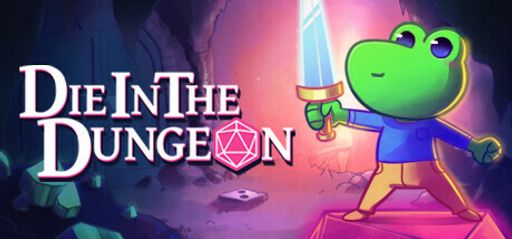I recently dove into Die in the Dungeon as a speedrunner, drawn in by its innovative dice‑based gameplay. Although I’ve played countless roguelikes, this title stands out with a fresh take on deck‑building mechanics. Rather than cards, you develop strategies by arranging dice with precision. This design delivers an adrenaline rush and strategic depth that both fuels my love for speedrunning and tests my tactical skills.
Overall Impressions
What immediately captured my attention was the game’s blend of familiar roguelite elements with an innovative dice mechanic. The thrill in every roll and each arrangement reflects the adrenaline of a speedrun. I appreciate how the game encourages you to experiment with dice placement to build chains of effects. The idea of combining a mirror die with boost and pack dice demands both quick thinking and long-term planning. That said, I noticed a recurring optimal build among players. Many seem to funnel towards a mirror plus boost strategy. While this reliable method does lead to efficient runs, it can occasionally make the gameplay feel repetitive. I remain hopeful that ATICO will refine these mechanics in future updates to provide more diverse strategies that reward skillful adaptation.
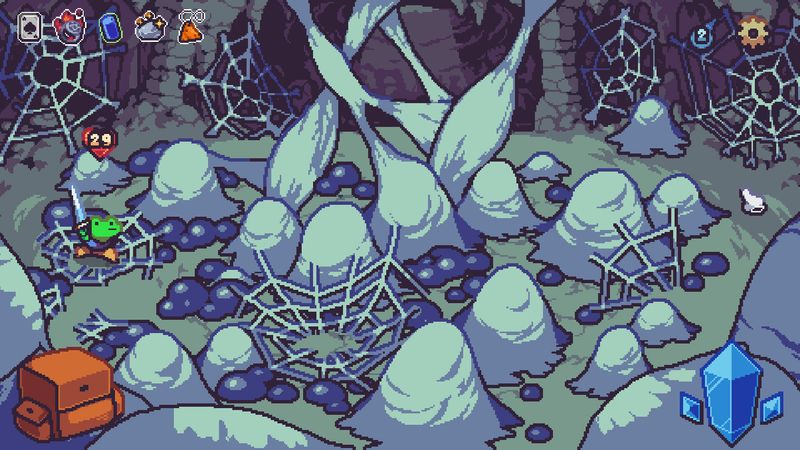
Gameplay Mechanics
Die in the Dungeon leverages its dice as both a fundamental battlefield and a puzzle. Each turn is an opportunity to arrange your dice for optimal value and synergy. I must say, the satisfaction of landing that perfect combo is unmistakable. The dice behave much like cards in similar rogue decks—except their values shift, adding another layer of complexity. I was particularly impressed with how the mirror die can replicate effects across the board. In a time-sensitive run, planning placements to benefit from adjacency bonuses is crucial. This is where I found the game’s design both rewarding and, at moments, frustrating.
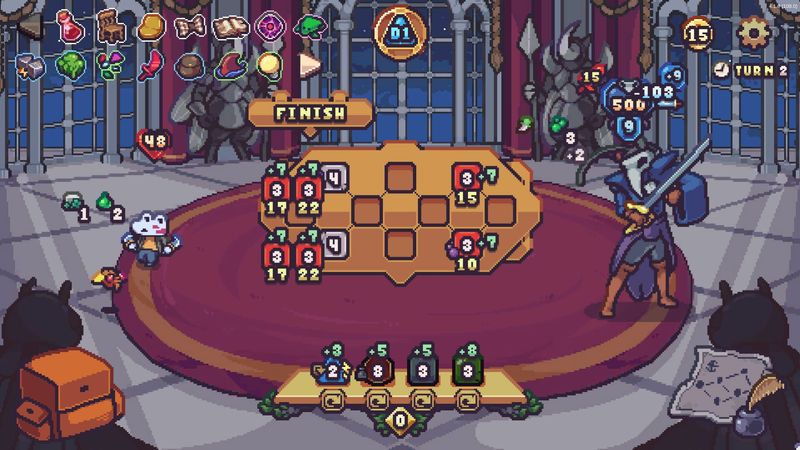
The chance to upgrade dice with rerolls, extra draws, reduced energy costs, or even poison inserts another level of depth into the mechanics. However, the limited pool of dice types occasionally makes these upgrades feel like a double-edged sword: powerful yet dangerous when overused. An interesting challenge arises from enemy patterns and encounters that often border on repetitive. In many runs, I found myself facing the same foes repeatedly, which dampens the excitement of each new turn. Yet, the novelty of dice interactions keeps me coming back for that perfect run.
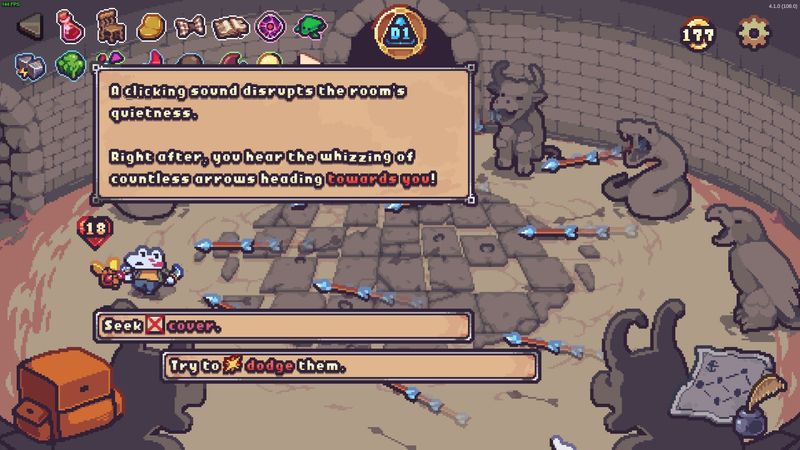
Story and Characters
While the narrative in Die in the Dungeon is not its foremost selling point, the game still weaves sufficient story elements and character backstories to keep the mood enticing. The mysterious dungeon setting provides a sense of danger and intrigue. Each character has a distinct set of abilities and a unique play style. I enjoyed seeing how different character traits combine with the dice mechanics, particularly when trying to synchronize relic effects with dice upgrades. Although the storytelling is secondary, the concise lore dispersed throughout the game adds atmosphere and enriches the overall experience. The physiological tension of negotiating the labyrinthine corridors is enhanced by the lore, giving each run a faint yet compelling narrative weight.
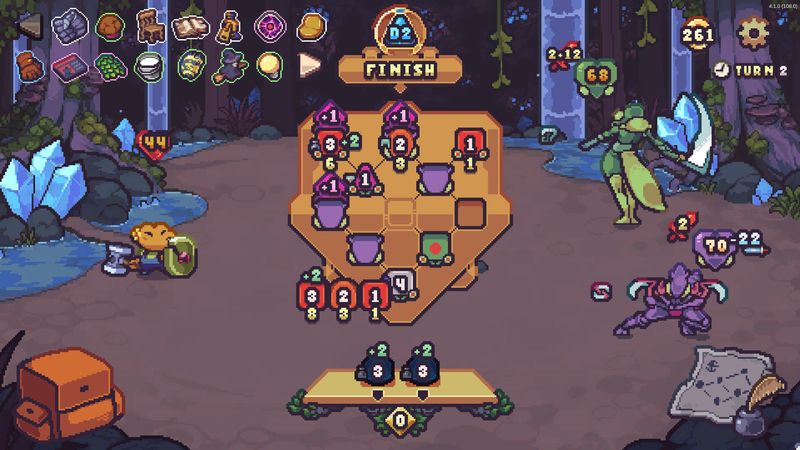
Visuals and Graphics
The artistic direction of Die in the Dungeon is striking. The visuals immediately set a dark, mysterious tone that seamlessly ties into the theme of a perilous dungeon crawl. Every element on the board is meticulously rendered—from the glimmer of magical relics to the detailed design of each die. I found that the art style significantly contributes to the game’s atmosphere, making every encounter feel like a pivotal moment in an epic quest. The animations are fluid, ensuring that even in intense dice battles, the game remains visually coherent. For speedrunners like me who prize clarity and precision, the visual feedback is both immediate and informative. This clarity helps me optimize my strategies during high-pressure sequences, where every second counts.
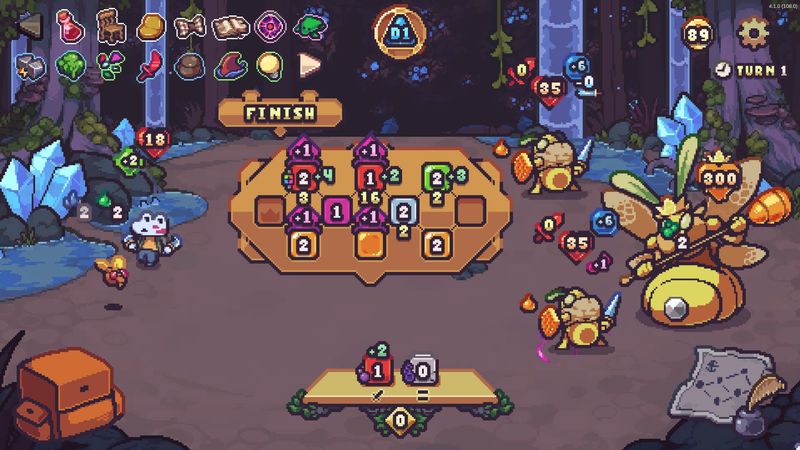
Sound and Music
The soundtrack of Die in the Dungeon perfectly complements its intricate gameplay. The background score sets a tense yet hopeful mood throughout my runs, evolving subtly with the game’s progress. Sound effects have been crafted to provide cues for important in-game events, such as critical dice combinations or enemy actions. In high tension moments, the rhythmic beats elevate the stakes, compelling you to keep pushing forward. The voice acting, while not a focal point, adds an extra layer to the immersive experience. It punctuates events without overwhelming the detailed soundscape, ensuring that the dialogue never distracts from the gameplay itself.
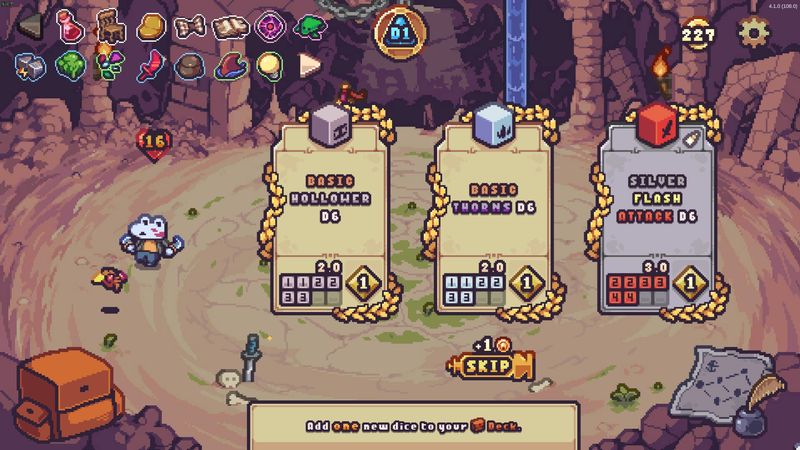
Difficulty and Replayability
From a speedrunner’s perspective, the game strikes an interesting balance between challenge and reward. Early levels are approachable enough to familiarize yourself with the mechanics but gradually demand sharper tactical prowess. The game does emphasize a consistent build meta, as many players share a common optimal strategy for progression. While repetition is a concern, the necessity to learn precise dice arrangements and maximize your upgrades ensures that every session is a test of both speed and skill. I was able to finish D6 in under 30 hours, yet the experience left me craving more nuanced challenges. It is clear that ATICO has designed the game to reward repeated attempts with incremental expertise. I look forward to potential balancing updates that might introduce additional strategic diversity and more variable enemy encounters.
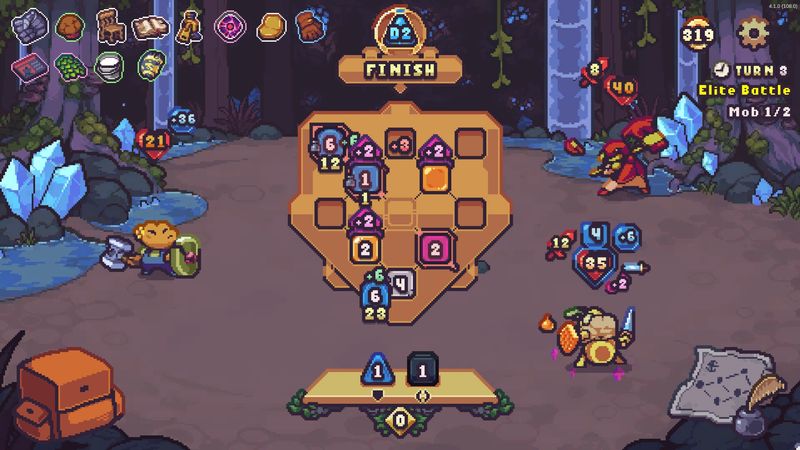
Speedrunning offers a unique lens, and I truly appreciate the game’s encouragement for rapid, yet thoughtful decision-making. Die in the Dungeon tests a speedrunner’s ability to optimize under pressure without sacrificing the thrill of tactical discovery.
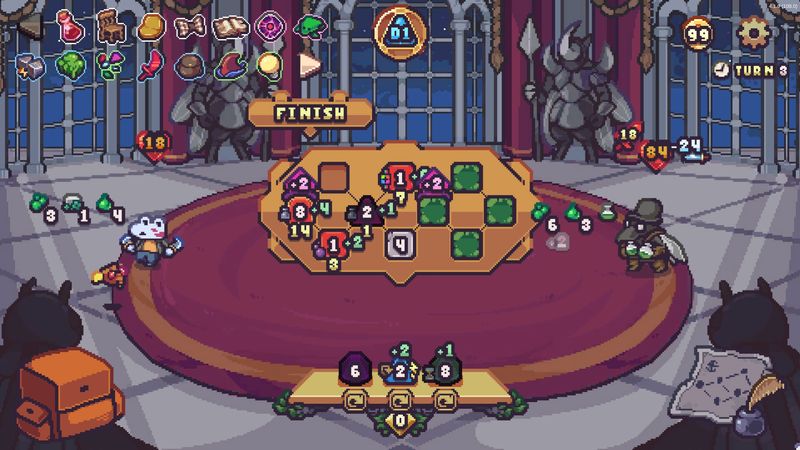
Final Thoughts
Die in the Dungeon presents a fascinating twist on the roguelike deck-building genre. The dice-based mechanics, innovative die placement, and complex upgrades offer a refreshing experience that appeals to both traditional roguelite fans and speedrunning enthusiasts. While some elements—particularly the predominant optimal builds and repeated enemy encounters—may feel predictable, they also serve as an opportunity to master the game’s underlying principles. The atmospheric visuals, compelling sound design, and latent narrative richness further elevate the experience, ensuring that it remains engaging during repeated runs.
For those who appreciate a game that demands both rapid reflexes and strategic planning, Die in the Dungeon is a promising challenge. I confidently give the game 4 out of 5 stars. This rating reflects its uniqueness, solid gameplay dynamics, and the inherent excitement that comes with optimizing each dice roll. As I continue to seek peak performance in my speedruns, I remain eager to see how future patches will refine and expand upon the exciting foundation ATICO has set. Die in the Dungeon is a commendable addition to the roguelike genre and a must-play for any dedicated speedrunner or strategic gamer looking to push the envelope.

